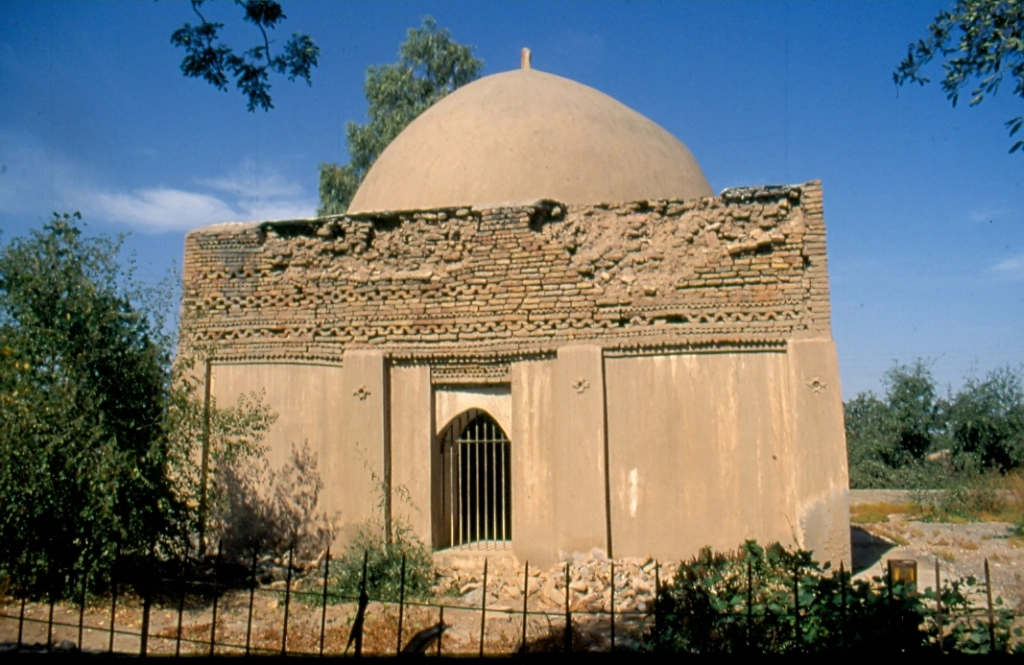Amidst the untamed beauty and rough terrain of the vast Balochistan province sits a historical treasure that is easily overlooked: the Tomb of Ibn-e-Haroon. This historic site, veiled in lore and mystery, is a reminder of the area’s rich cultural legacy. This mausoleum, which is located in the Las Bela neighborhood on the outskirts of Bela town, is home to tales of bravery, resiliency, and faith.
Ibn-e-Haroon’s Tomb has its roots in the 11th century, when Balochistan was a bustling hub of Islamic learning, trade, and culture. Constructed around the final resting place of eminent Muslim general Muhammad ibn Haroon, who lived in the eighth century, the tomb is a mark of respect and remembrance for his services to the community.
The tomb’s commanding presence is the first thing that draws attention as it gets closer. Mainly built of brick, the house has a square layout that measures an amazing 8.2 × 8.2 meters. The tomb’s ability to hold onto much of its original magnificence despite the passage of centuries and the effects of time is a monument to the builder’s skill.
A feeling of reverence and calm permeates the space as soon as one steps inside. The tomb’s inside is decorated with elaborate carvings and inscriptions that portray Quranic verses and episodes from Islamic history. In addition to being a means of artistic expression, these decorations also communicate the site’s spiritual value.
However, the stories that are kept within Ibn-e-Haroon’s Tomb may be what truly make it so beautiful. The esteemed person buried here, Muhammad bin Haroon, is credited with being instrumental in converting the local population to Islam. Generations of Balochistanis have been inspired by his military leadership and academic achievements, which serve as a constant reminder of the strength that comes from perseverance and faith.
Ibn-e-Haroon’s Tomb has stood silently for ages, observing the tides of history. It continues to stand firm as a ray of hope in a world that is always changing, having withstood invasions, conflicts, and political upheavals. The tomb remains a symbol of solidarity and cultural pride for the people of Balochistan even today, drawing crowds of tourists from all over the world to pay their respects.
But even with its historical significance, Ibn-e-Haroon’s Tomb is still not well known worldwide. It is concealed from all but the most adventurous travelers due to its remote position and paucity of comprehensive documentation. The tomb, however, provides a window into a bygone era where the sounds of the past resound through the passageways of time for those who wander off the main road.
Finally, the Tomb of Ibn-e-Haroon serves as a moving reminder of the rich and varied history of Balochistan. It’s a location where history comes to life and the essence of a bygone era is conserved for the enjoyment and discovery of future generations. Let us remember the legacy of our ancestors as we continue to solve the mysteries of this ancient continent, for their stories hold the secrets to our shared humanity and collective identity.

